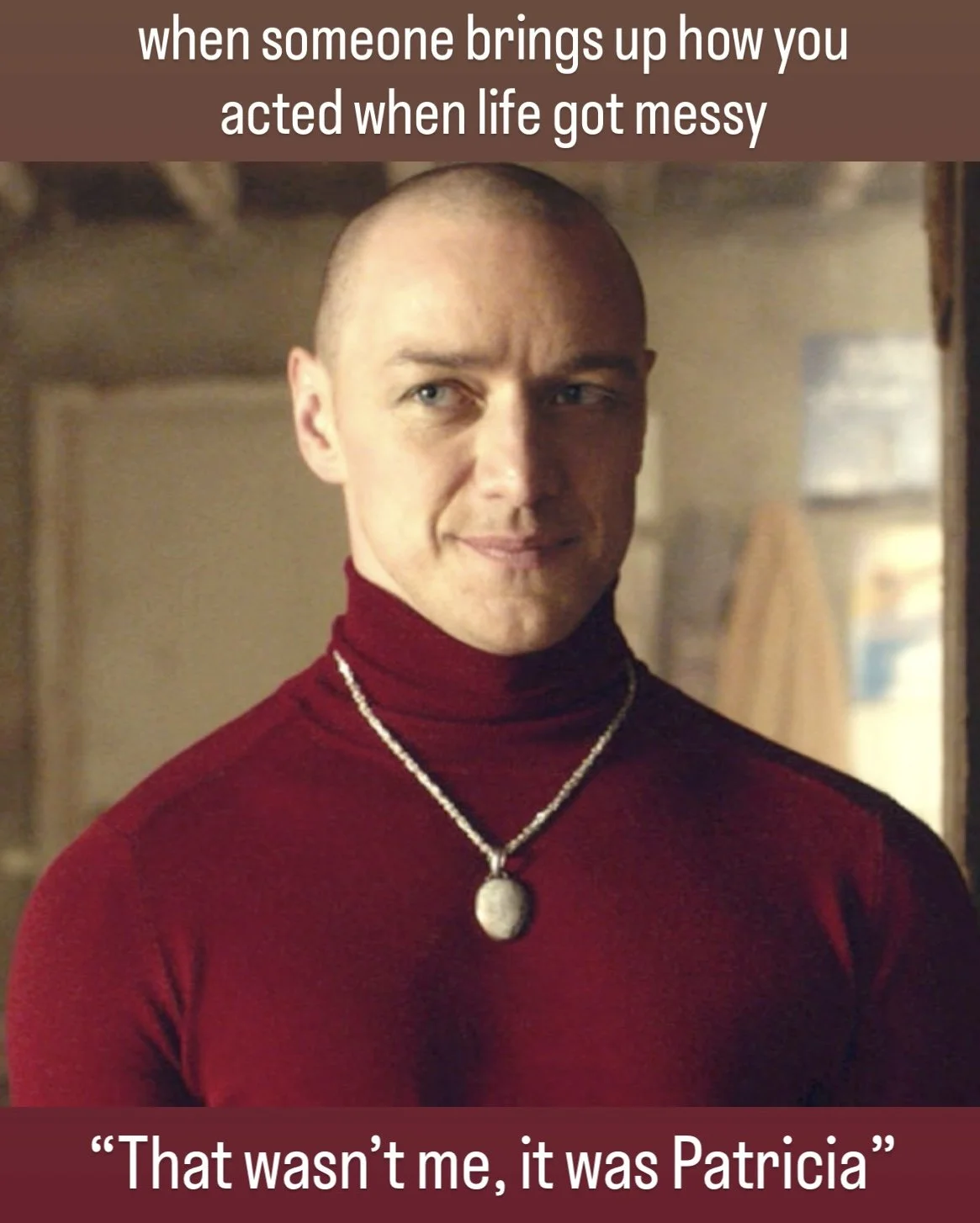painfully numb
the body’s oxymoron
Big, life changing events usually come with big feelings. Except for when they don't. Some people go through difficult experiences and struggle to feel anything related to the situation at all. They may even come out the other side feeling so unscathed they start to wonder when the other shoe will drop.
Like when they’ll go from fine to Ross in season 10 fine.
Unfortunately, evading life’s pain is not a skill to be mastered, nor is it a permanent solution. It’s actually more likely a trauma response that temporarily puts the nervous system in a freeze state as a form of protection, merely delaying the discomfort.
It isn’t until the nervous system regulates that the body starts to feel again, releasing dormant emotions.
Trauma informed therapists often turn to the Polyvagal Theory in explaining this, which theorizes that in the face of overwhelming stress and loss, the dorsal vagal shuts down to protect the body. One of the two branches of the vagus nerve, the dorsal vagal is an integral part of the parasympathetic nervous system — which functions as the body’s “rest and digest” system. Extreme stress can dysregulate the parasympathetic nervous system, contributing to dorsal vagal shutdown.
This shutdown response can be mistaken for calm as the body is conserving energy by disengaging, but the body is actually disconnecting on an internal level. It is an involuntary response, oftentimes stemming from a childhood that lacked consistent comfort, safety, or co-regulation from caregivers. Without those stabilizing pillars, children pick up this coping mechanism as the best way they know to survive distress.
The response is often more pronounced in neurodivergent people because of their nervous systems’ heightened sensitivity to sensory input, unpredictability, and social demands. This means that shutdowns can happen faster or last longer to protect their hypervigilant state.
Lack of feeling and numbness can go on for months, only subsiding when the nervous system shifts into regulation as safety and support return. To speed up this process, there are steps that can be taken to help regulate the nervous system. Cultivating healthy relationships, talking to a therapist, and taking up mindful movement practices are a few examples of ways in which a person can start to not only become more in touch, but process their emotions.
Once the emotions catch up, just because weeks or months have passed, it doesn’t mean they’ll be any easier to deal with. It’s important to find a support system when dealing with stress, loss, and grief. Whether it’s a therapist, a partner, or a good friend, humans need the support of other humans to get through the difficult times.
There will be people who don’t understand certain reactions or may think it was out of character. Let them be confused.
There will be time to make amends. However, allocating proper time to process the myriad of newly onset thoughts and emotions deserves precursory attention.
Everything else, in good time.
